Temples in Srinagar Kashmir: The Spiritual Heritage of the Valley
Explore the valley of Temples in Srinagar
Srinagar, the summer capital of Jammu and Kashmir, is not only known for its breathtaking natural beauty but also for its rich cultural and spiritual heritage. Kashmir Valley is covered by temples or Mandirs all over the area. The city is adorned with a plethora of temples that stand as a testament to the deep-rooted spirituality of the region. In this article, we will take you on a journey through some of the most revered temples in Srinagar, each with its unique history, architectural marvels, and spiritual significance.
1. Shankaracharya Temple
Perched on a hilltop overlooking the city, the Shankaracharya Temple, also known as Jyeshteshwara temple, is dedicated to Lord Shiva. This ancient shrine is believed to have been visited by the great philosopher Adi Shankaracharya and offers a panoramic view of the city and the Dal Lake.
Legend has it that this sacred site dates back to 250 BC, with roots tracing to the great philosopher and saint, Adi Shankaracharya. It is believed that he meditated on this very hill, infusing it with profound spiritual energy.
Architectural Marvel Of Shankarachariya temple
Design and Layout
The temple showcases exemplary Dravidian architecture, known for its intricate carvings and towering structure. Its elevated position offers panoramic views of the serene Dal Lake and the surrounding mountains.
Intricate Carvings
The temple’s walls are adorned with detailed carvings depicting scenes from Hindu mythology, adding an artistic dimension to its spiritual ambiance. Among all mandirs of kashmir Shankarchariya madir is at very high altitude.
Mystical Surroundings Panoramic Views
Perched at top of a hill, the temple offers breathtaking views of Srinagar city, the pristine Dal Lake, and the distant snow-capped mountains. It’s a visual treat for nature enthusiasts and photographers. It is one of best temple of srinagar according to the view it provides to visitors
2. Sharika Devi Temple
Nestled amidst the verdant hills, the Sharika Devi Temple is dedicated to Goddess Jagadamba Sharika Bhagwati, considered as the presiding deity of Srinagar. The temples in srinagar is revered for its spiritual aura and the legend of the ‘Shakti Peeth,’ making it a significant pilgrimage site.
For devout Hindus, Sharika Devi is revered as a form of Goddess Durga, the supreme divine feminine force. The deity is symbolized by a unique representation of a “Pind” – a confluence of various forms without a specific shape. It is believed that the goddess presides over the destiny of the Kashmir valley.
Location and Accessibility
Sharika Devi Temple is strategically located atop the Hari Parbat hill, providing a panoramic view of the city and the Dal Lake. Accessible by road, it offers a picturesque journey through lush greenery and winding paths, setting the tone for a spiritually enriching experience.
Historical Significance
The roots of Sharika Devi Temple trace back to the 9th century when it was constructed by Maharaja Lalitaditya Muktapida, the renowned ruler of the Karkota dynasty. This architectural marvel stands as a testament to the grandeur and artistic prowess of ancient Kashmiri civilization.
3. Martand Sun Temple
Although now in ruins, the Martand Sun Temple is a testament to the grandeur of ancient Kashmiri architecture. Built by King Lalitaditya Muktapida in the 8th century, this temple was dedicated to the Sun God and is a UNESCO World Heritage site.
A Glimpse of History
The Martand Sun Temple, believed to be built in the 8th century by King Lalitaditya Muktapida, belongs to the period of the Karkota dynasty. This era was marked by a flourishing of art, culture, and religion in the Kashmir Valley. The temple served as a hub for religious and cultural activities, drawing pilgrims and scholars from far and wide.
Blend of Styles
The temple boasts a unique architectural style that combines both Greek and Indian influences. The prominent use of columns and intricate carvings showcase the mastery of the artisans of that era. visit by cab service in kashmir
Courtyard and Sanctum
At the heart of the temple lies a spacious courtyard, surrounded by a series of columns. This area served as a gathering space for devotees and also hosted various religious ceremonies. The sanctum, housing the idol of the sun god, was the focal point of the temple complex.
Decline and Ruins
As centuries passed, the Martand Sun Temple witnessed a gradual decline in its influence and patronage. With the rise of Islam in the region, the temple faced increasing challenges. It eventually fell into a state of disrepair, leaving behind the haunting yet mesmerizing ruins that stand today.
4. The Sacred Raghunath Temple
Located in the heart of the city Fateh kadal, the Raghunath Temple is an important religious site for the Vaishnavite community. Dedicated to Lord Rama, this temple is known for its intricate wooden architecture and vibrant religious ceremonies. It is located on the bank of river Jehlum and was worship place for all pandits living in the surroundings. It has high significance in hindu devotes.
Historical Significance
Maharaja Gulab Singh’s Vision (1835)
The temple’s foundations were laid in 1835 by the visionary Maharaja Gulab Singh, a symbol of Kashmiri heritage and culture. It is one pf the old temples in srinagar and now it is renovated in smart city project 2023
Completion under Maharaja Ranbir Singh (1860)
It was under the watchful eye of his son, Maharaja Ranbir Singh, that the temple saw its completion in 1860, becoming an architectural marvel of its time.
Impact on the Pandit Community
The outbreak of militancy forced the once thriving Kashmiri Pandit population in the Fateh Kadal area to seek refuge in distant lands, leaving behind cherished memories.
5. Kheer Bhavani Temple:
The Kheer Bhawani Temple, nestled amidst the natural beauty of Kashmir, stands as a testament to faith and devotion. This sacred site has drawn the curiosity of countless tourists and holds a special place in the hearts of Kashmiri Pandits. Let’s embark on a journey to explore the rich history, architectural marvel, and spiritual significance of this revered temple.
The Significance of Kheer Bhawani Temple
Devotees flock to the Kheer Bhawani Temple to offer milk and the eponymous kheer to Goddess Ragnya Devi. This act of devotion symbolizes a profound connection between the divine and the mortal realm. The temple holds a unique place not only in the hearts of devotees but also in the cultural tapestry of Kashmir.
Architectural Marvel: A Temple of Grey Stones
Constructed with smooth grey stones, the Kheer Bhawani Temple is a testament to the craftsmanship of its builders. Despite its simplicity, the temple exudes a timeless elegance, drawing visitors into its sacred embrace. The careful choice of materials and design elements lends the temple an air of ethereal beauty.
How to Reach Kheer Bhawani Temple
For those seeking the blessings of Goddess Ragnya Devi, the nearest airport is in Srinagar, a mere 47 kilometers away. The journey to the temple is as much a pilgrimage as it is a physical voyage, offering scenic vistas and a sense of anticipation.
The Annual Festival: A Celebration of Devotion
Devotees converge at the temple on the eighth day of the full moon in May/June, marking the annual festival. This gathering is a testament to the enduring faith and devotion of the followers of Goddess Ragnya Devi. The air is charged with a sense of collective reverence.
Mamleshwar Temple in Pahalgam
Tucked away in the quaint village of Pahalgam, the Mamleshwar Temple is dedicated to Lord Shiva. Surrounded by lush green meadows and the Lidder River, this temple offers a serene retreat for devotees and nature lovers alike.
he Mamleshwar Temple is a sanctum steeped in ancient history and spirituality. Its origins are believed to trace back to 400 AD, evoking a sense of awe and reverence among pilgrims and travelers alike. The term “Mam Mal” holds profound significance. Translated, it implores, “don’t go,” serving as an enduring testament to the divine decree that governs this hallowed space. It is this very essence that has bestowed upon the temple its alternate name: Mammal Temple.
The Divine Abode of Lord Shiva
Dedicated to the formidable deity, Lord Shiva, the temple stands sentinel across the Kolahoi stream, its aura resonating with centuries-old prayers and invocations. Legend has it that this sacred site was where Ganesha, the benevolent guardian, stood as the gatekeeper, permitting entry only with his benevolent consent.
Legends Etched in Stone
The temple’s sanctity reverberates with stories of divine intervention. It was here that Parvati, the celestial consort, appointed Ganesha as the guardian, ensuring that only the deserving could access the temple’s sanctum. It was also on this hallowed ground that the cosmic drama unfolded, as Shiva bestowed upon Ganesha the visage of an elephant.
How to Reach Mamleshwar Temple Pahalgam
By Road: The journey to the Mamleshwar (Shiva) Temple in Pahalgam, Jammu, and Kashmir, is facilitated by a well-connected road network. Both public and private transport options are available, linking Pahalgam to the prominent cities of Jammu and Srinagar.
6. Durga Nag Temple
Nestled in the heart of Kashmir, the Durga Nag Temple holds a secret history that traces back to the grand Gopadri, also known as Gopa Agrahara. This ancient site, now identified as the Shankaracharya hill, was once under the patronage of King Gopaditya, who erected a temple dedicated to Shiva Jyeshtrudra in 371 BC. Some historians speculate that this temple’s foundation was further enhanced during his reign, creating a formidable structure.
The Twin Agraharas: Gopadri and Bhukisirvatika
Beneath the Gopadri hill, two magnificent Agraharas thrived. The Gopadri or Gopa Agrahara spanned from Polo View Road to the Zeethyar shrine, encompassing the modern Sonawar and Drugjan areas, known as Durga Galika in antiquity. On the opposite side of the Gopadri hill stood the Bhukisirvatika Agrahara, which extended to present-day Boulevard Road. Expert Brahmins, specially summoned from outside Kashmir, resided in both these Agraharas, maintaining a religious and cultural presence.
The Pilgrim’s Sanctum: Gateway to Amarnath
Today, the Durga Nag Temple stands as the inaugural stop for Amarnath pilgrims embarking on their sacred journey. Holding the Holy Mace, or the Charri Mubarak, devotees pay their respects before venturing to the divine cave of Lord Shiva.
Exploring the Spiritual Significance
These temples not only serve as places of worship but also hold immense historical, cultural, and architectural importance. They provide a glimpse into the spiritual tapestry of Kashmir, showcasing the syncretic blend of various religious traditions. Get a car to visit all these temples from Kashmir car rental


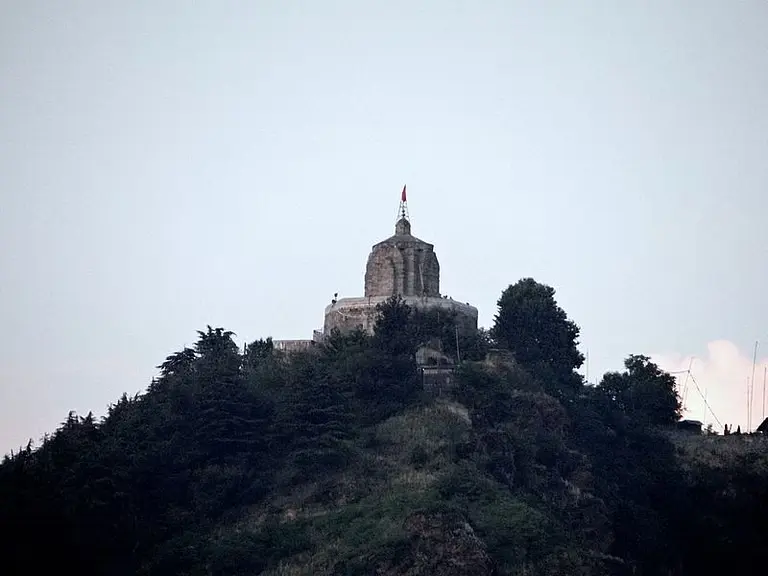
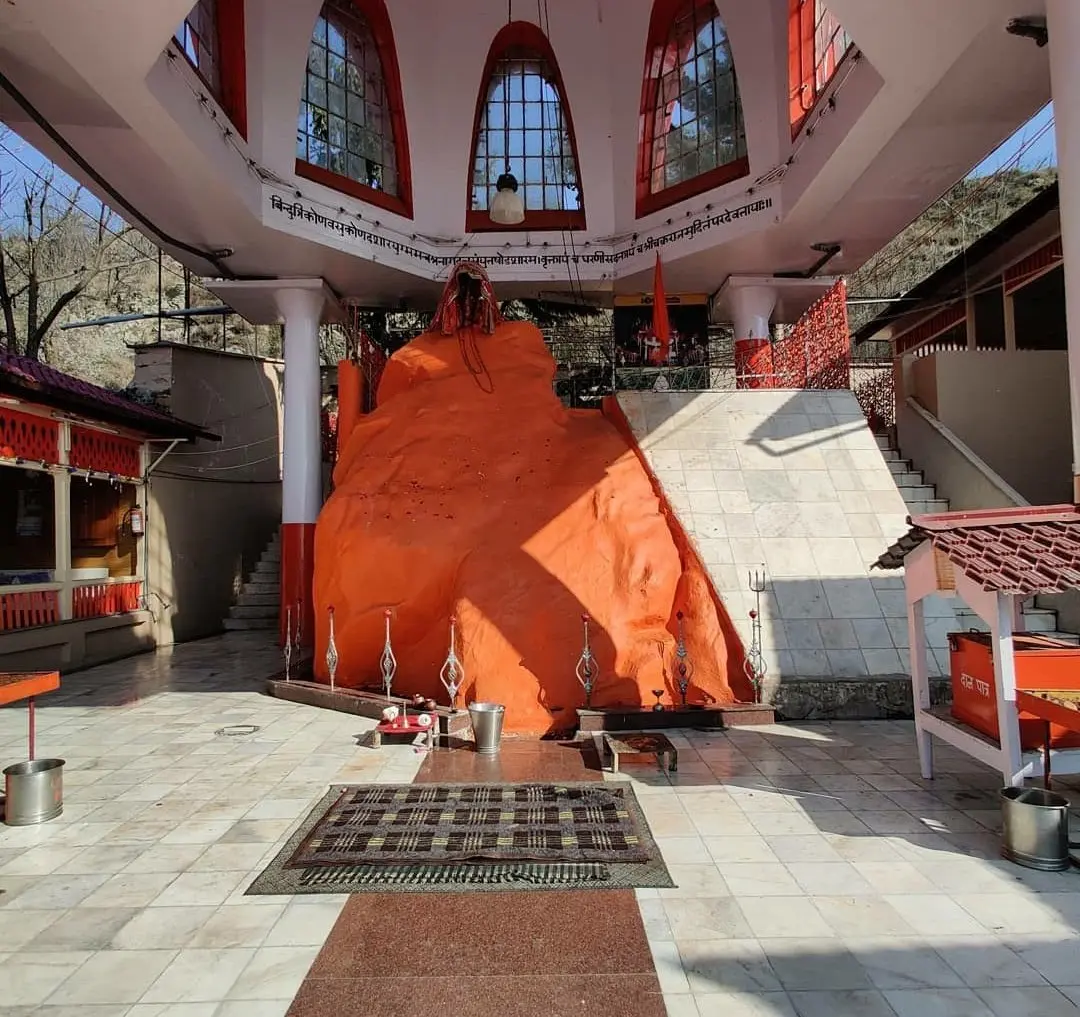
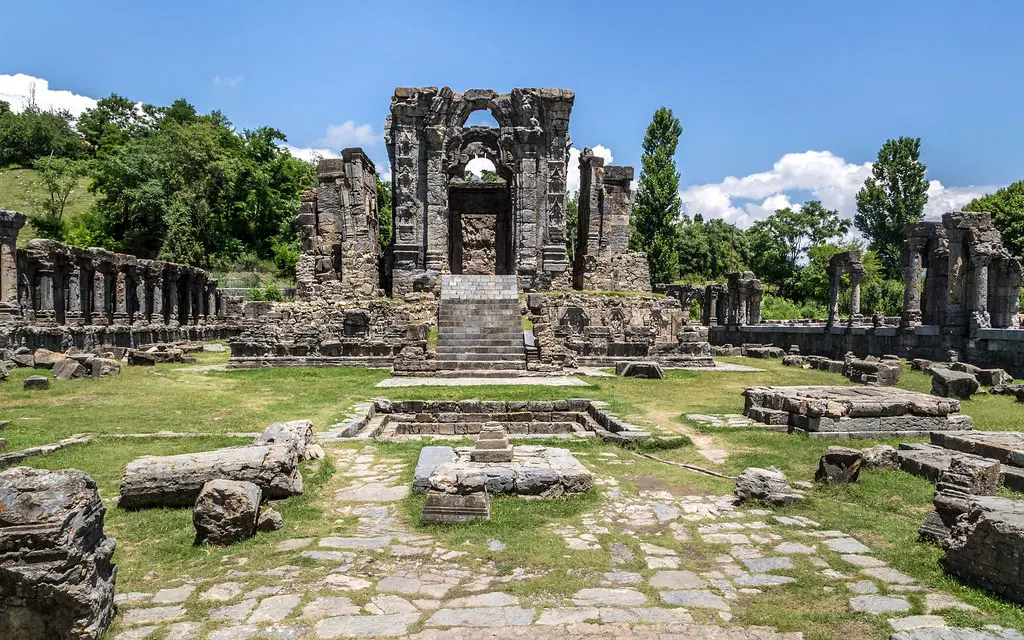
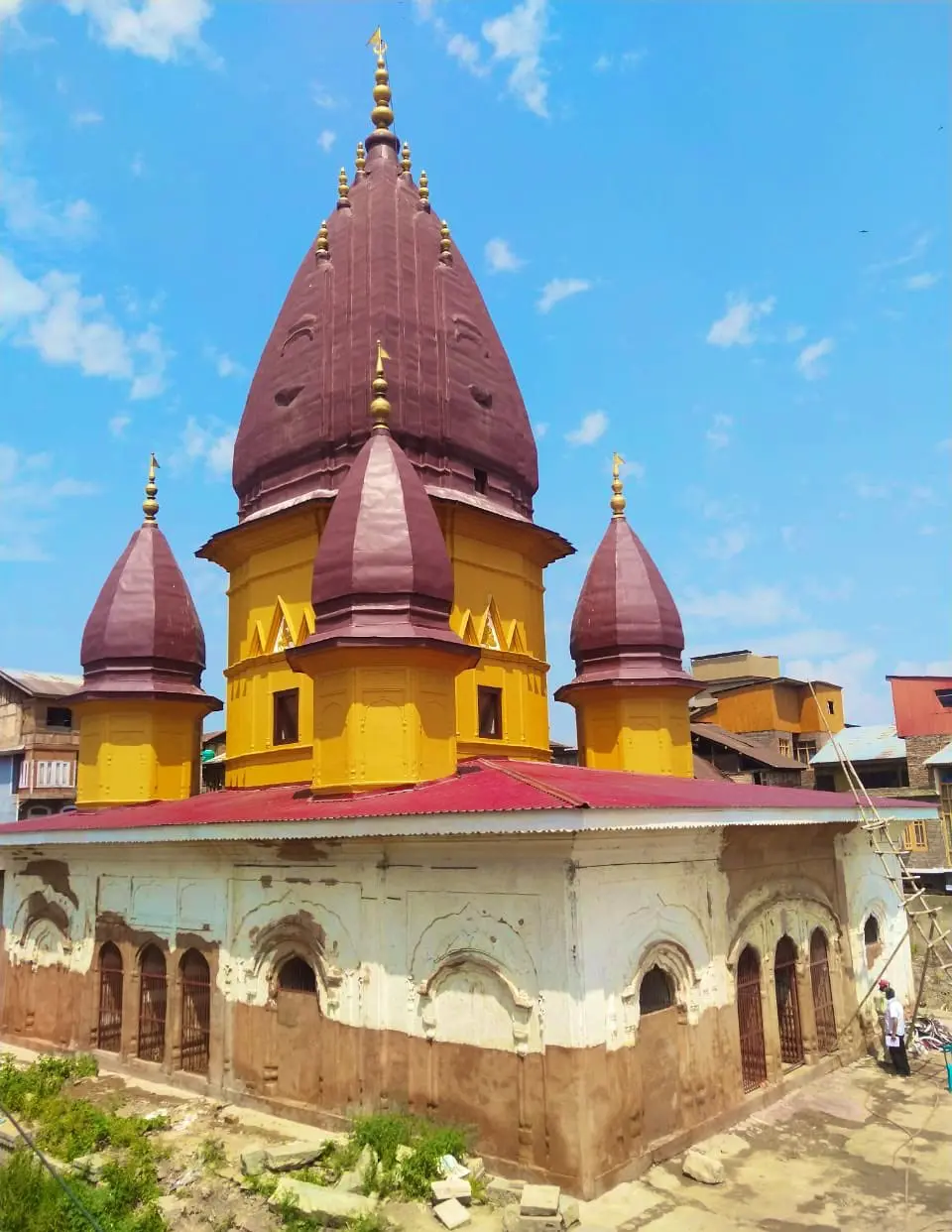
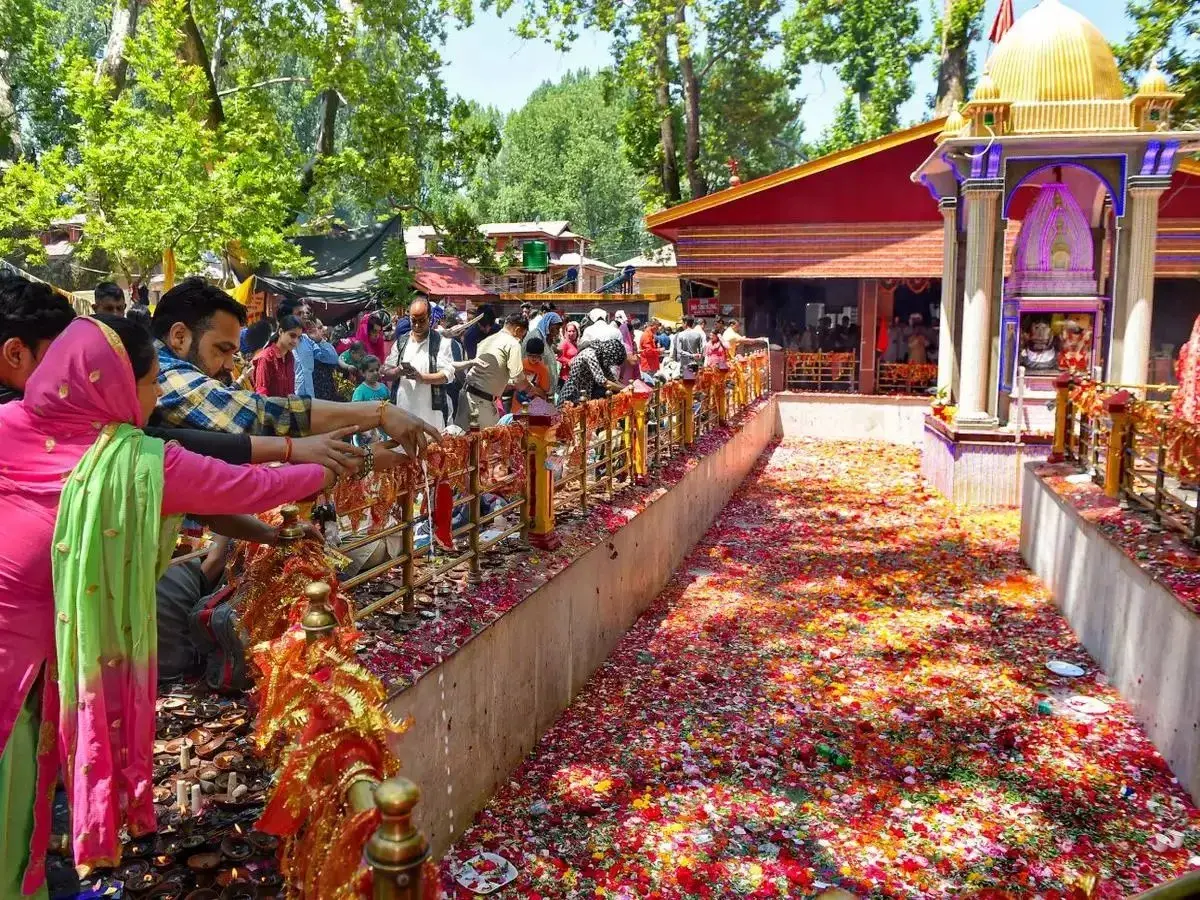
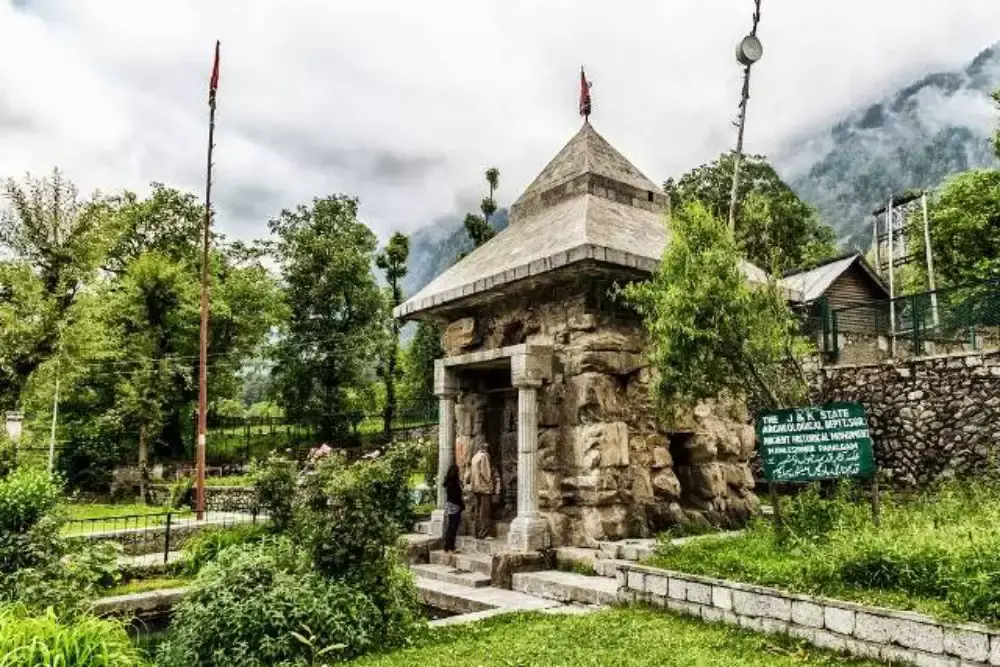
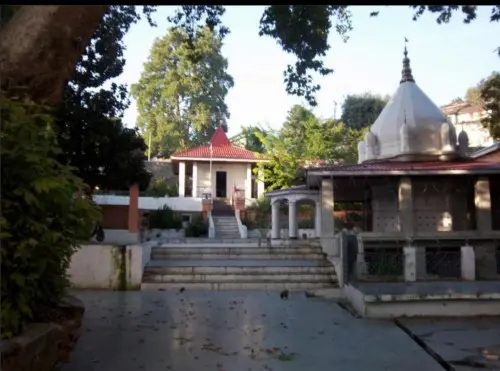


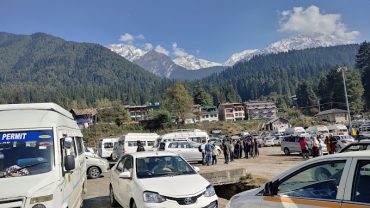
Comment (0)